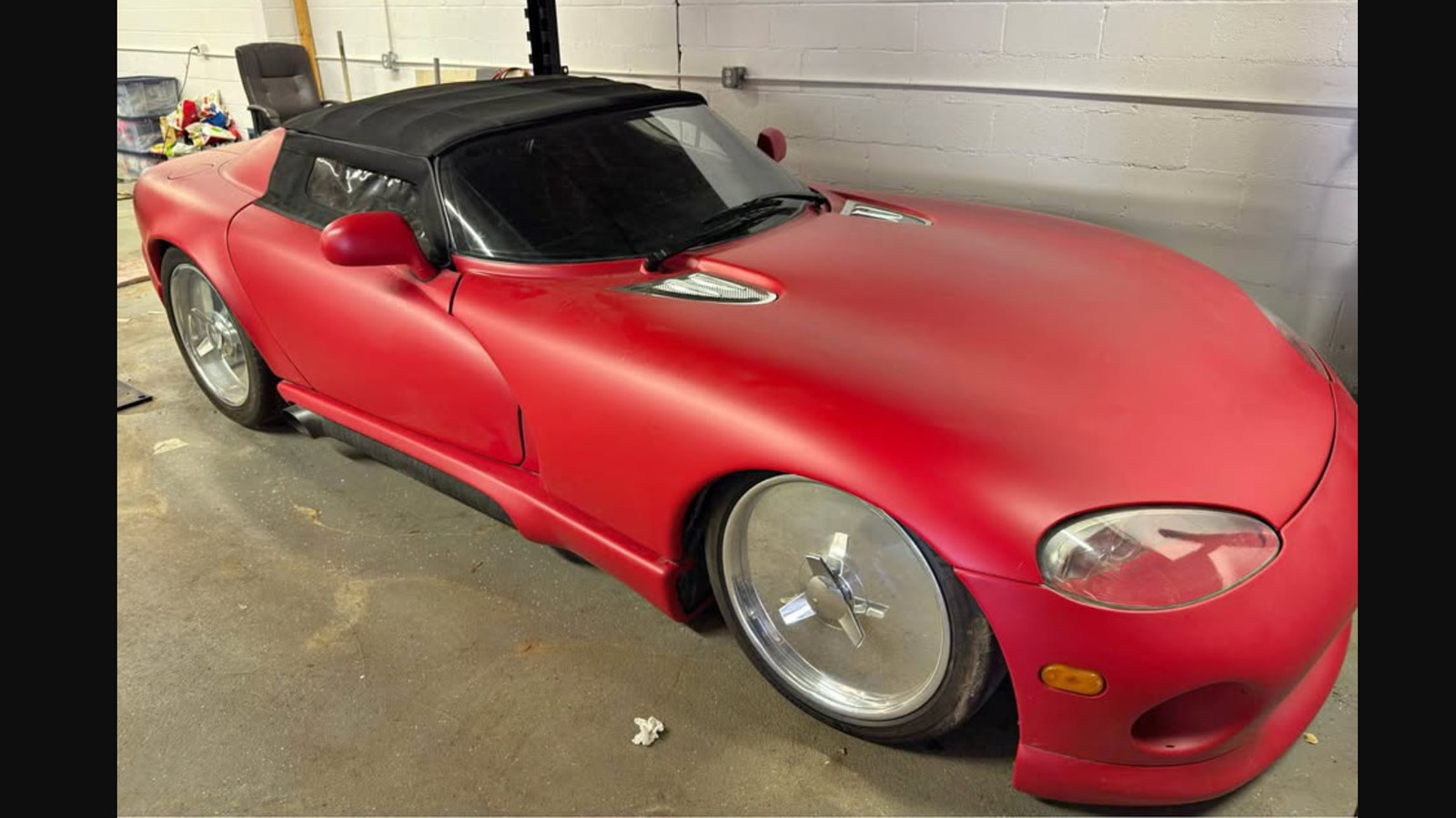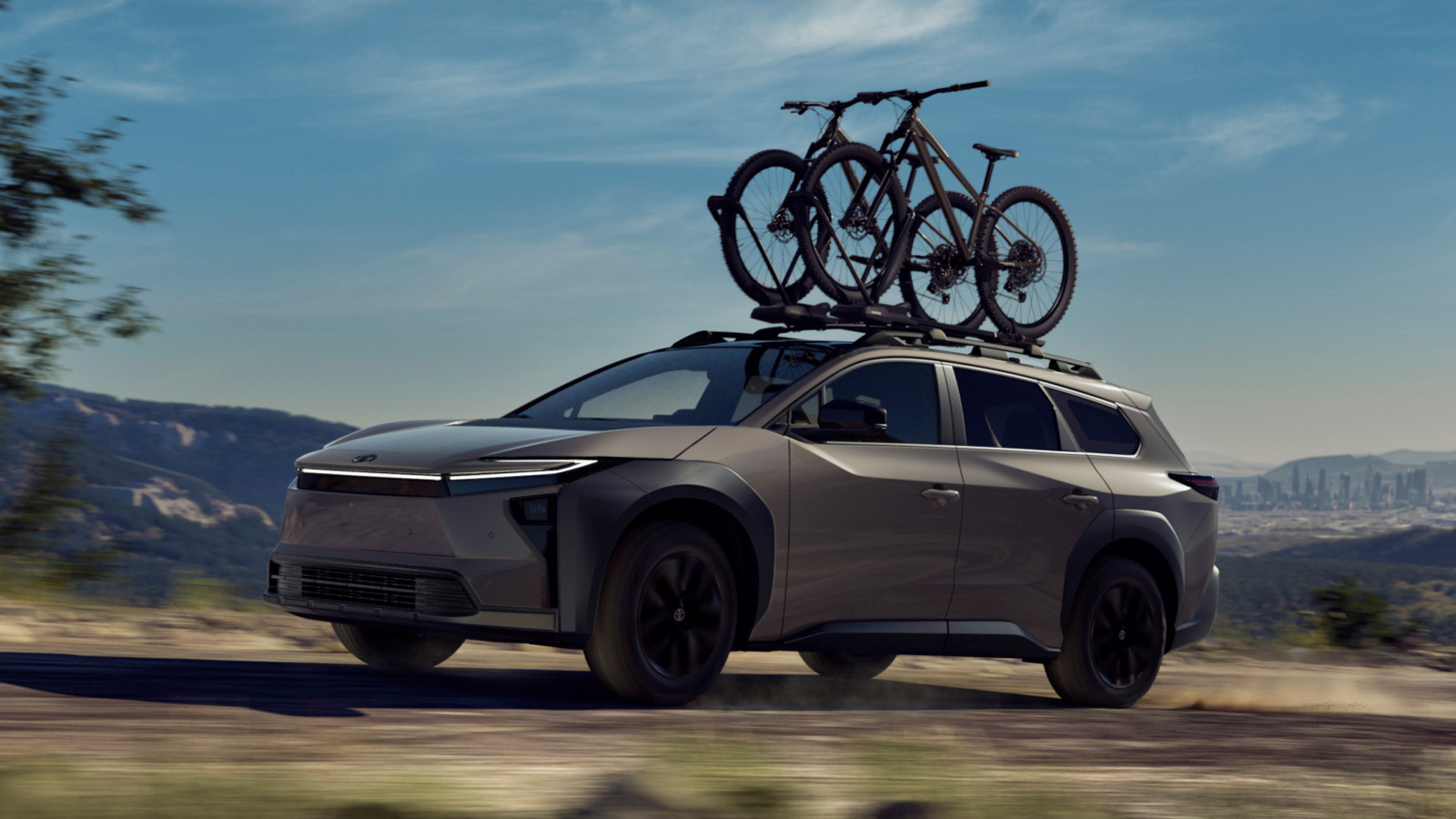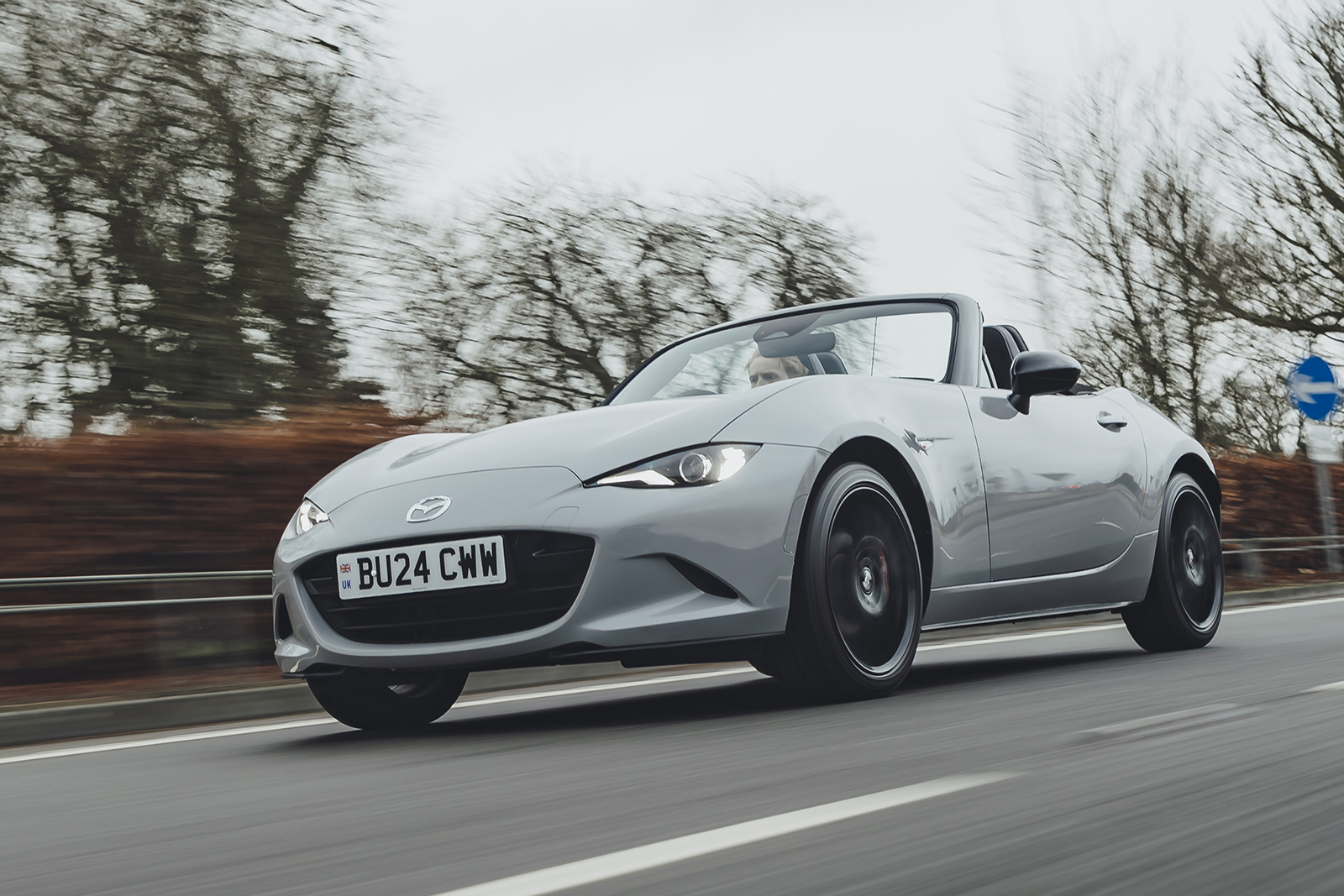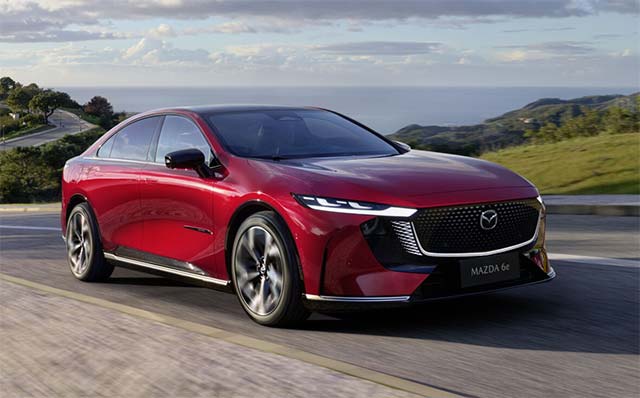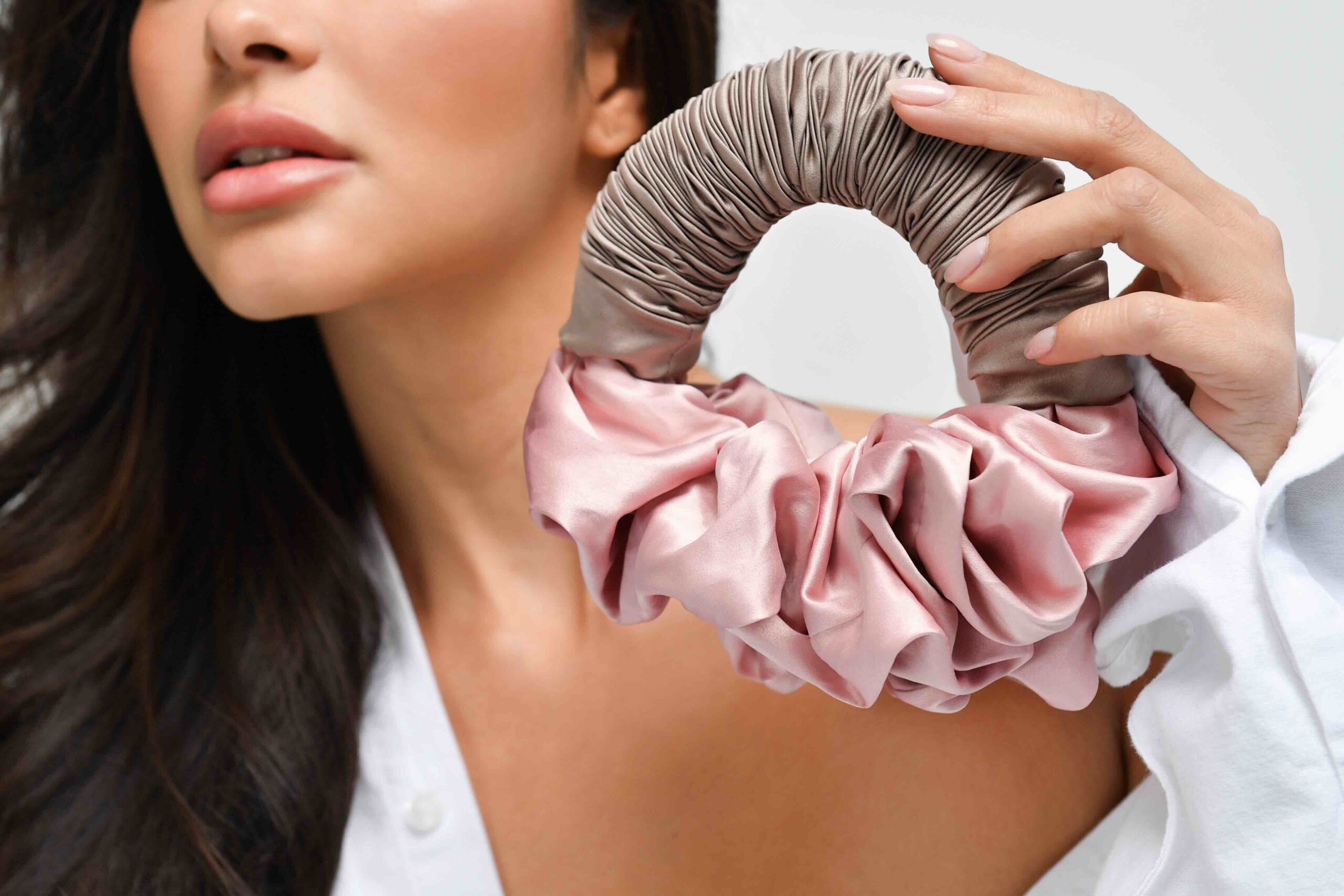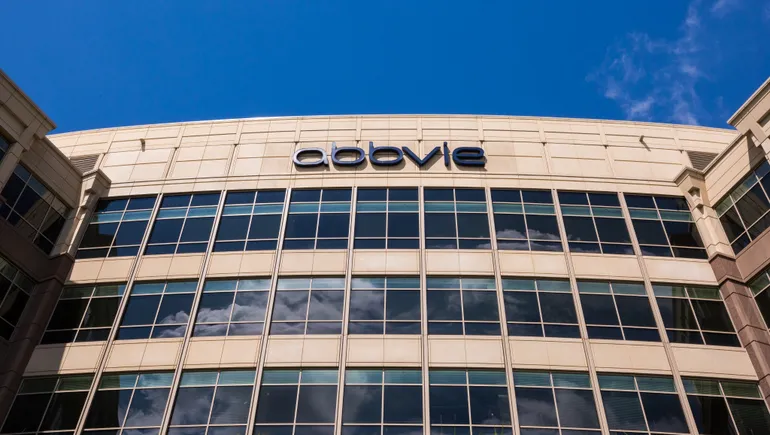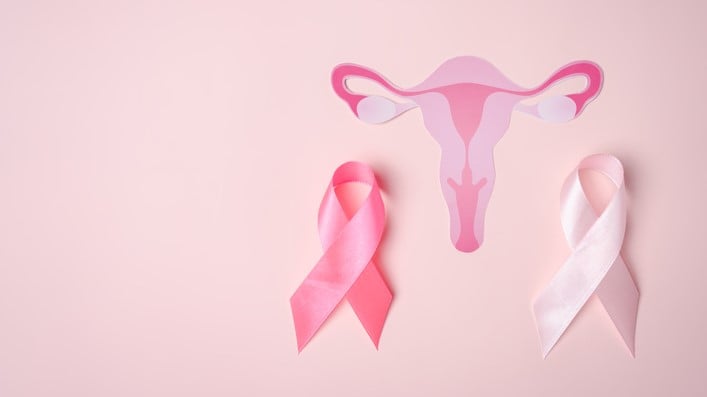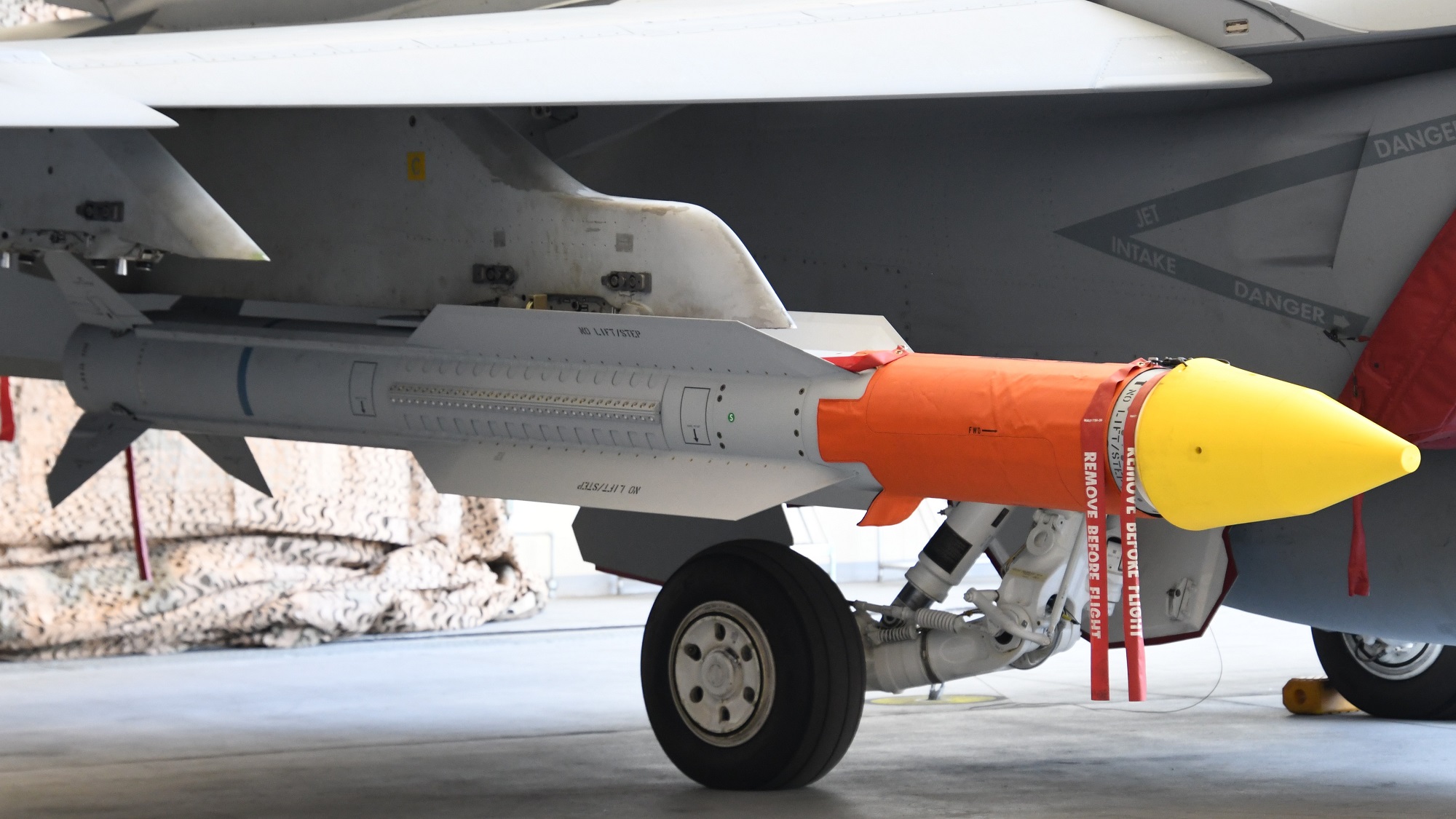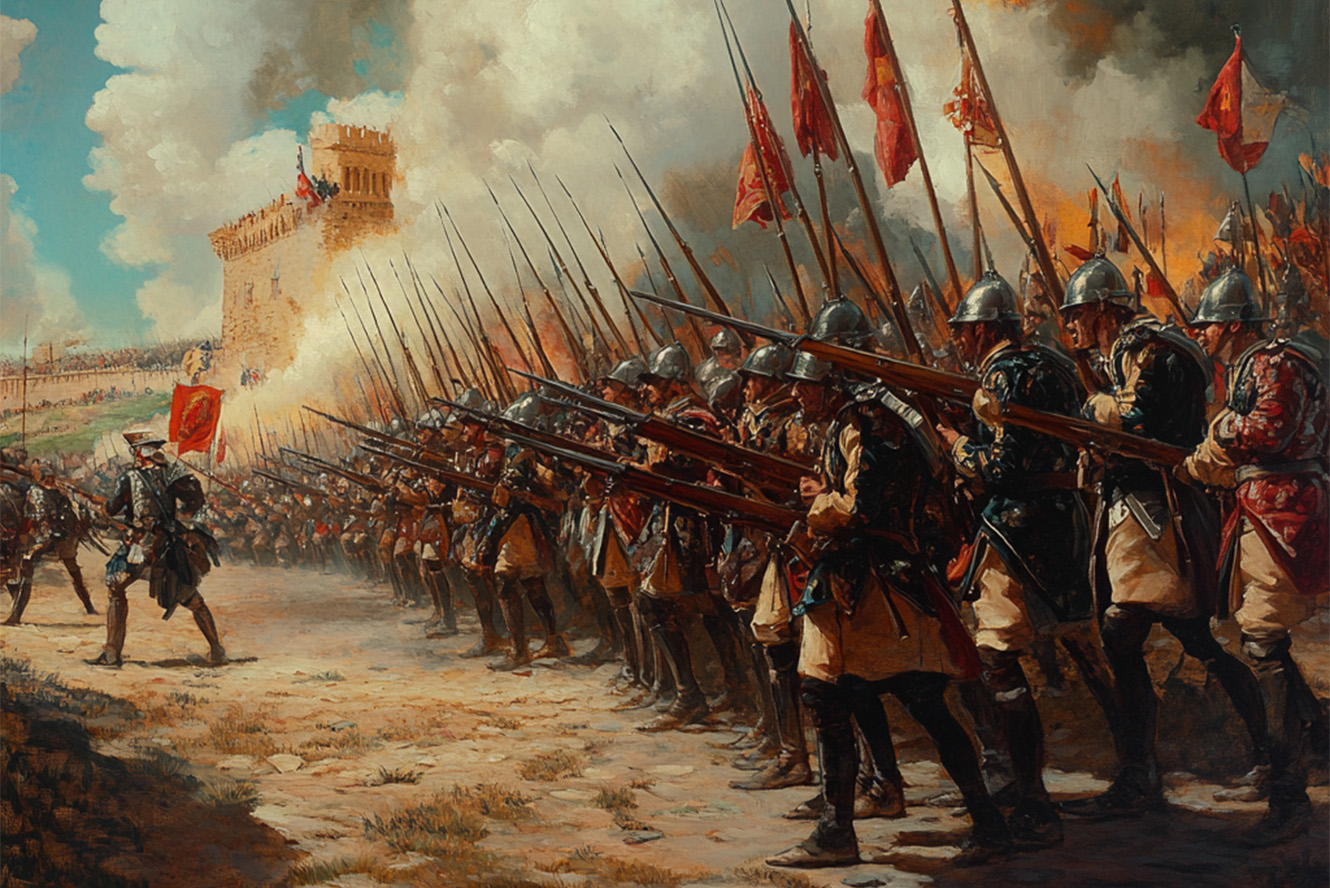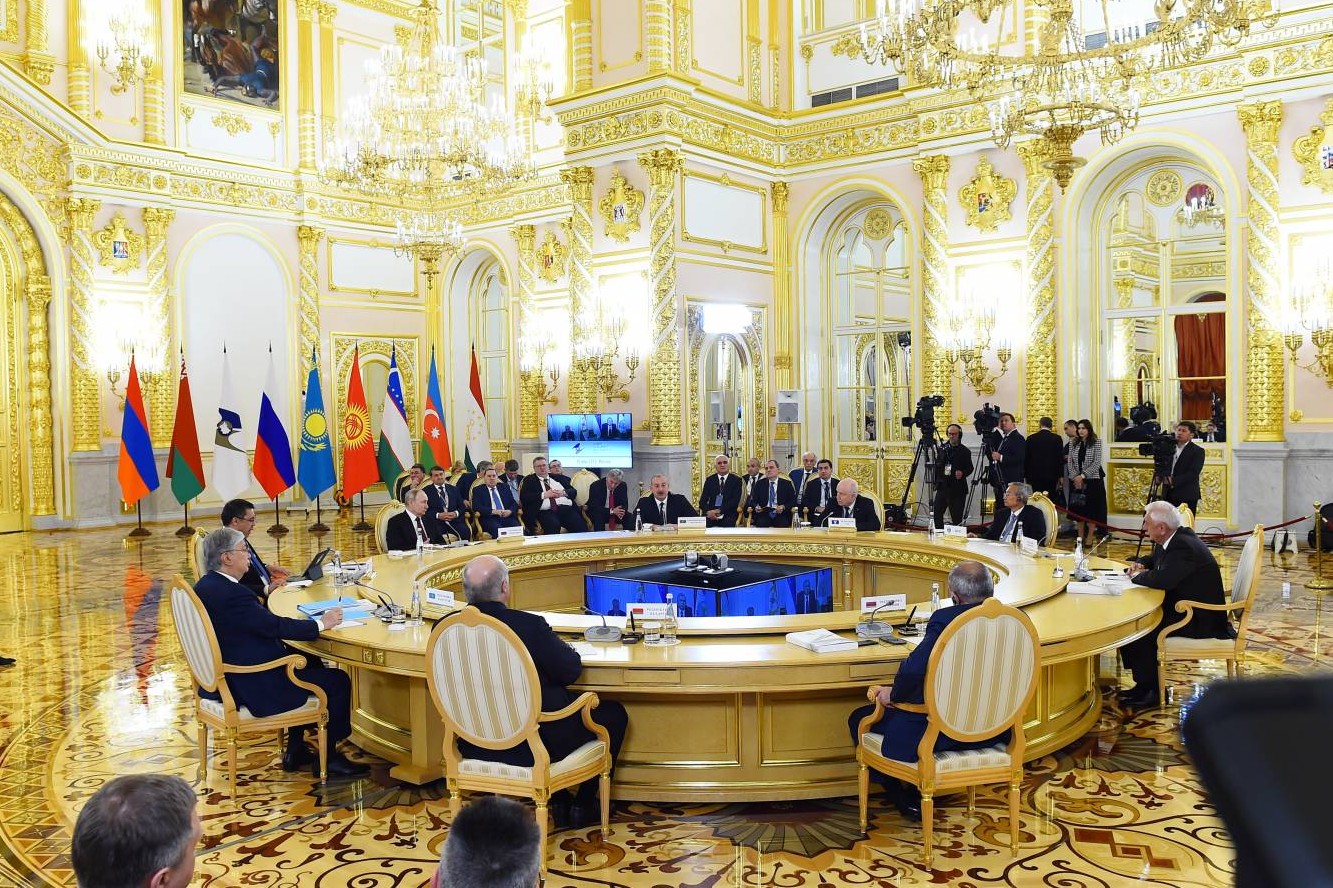Beyond Bordeaux: 3 Alternative Destinations to Popular Wine Regions
With fewer crowds, lower prices and plenty of world-class wine, these regions make great alternatives to Champagne, Bordeaux and Burgundy. [...] Read More... The post Beyond Bordeaux: 3 Alternative Destinations to Popular Wine Regions appeared first on Wine Enthusiast.
France’s trio of iconic wine regions—Champagne, Burgundy and Bordeaux—have set the standard for winemaking around the globe. While some of the grand châteaux and maisons open their doors for visits, wine holidays can come with sky-high price tags, especially when they involve Michelin-starred meals and vertical vintage tastings.
Classics exist for a reason and are certainly worth the trip. But if you’re looking for quieter, more affordable (and just as beautiful) retreats in wine country, these three lesser-known regions give plenty of bang for your buck without the hordes—and the bottles are every bit as worthy of stuffing in your suitcase.

Instead of Champagne, Try Franschhoek
Champagne is packed with history, from the Gothic Reims Cathedral, once the coronation site of French kings, to the crayères, chalk cellars that date back some 2,000 years. But compact Franschhoek (Afrikaans for “French Corner”) also exudes European charm everywhere from its boutique art galleries to its Parisian-inspired cafés and restaurants, where you can sip exceptionally crafted sparkling wine for a fraction of the price than in France.
One of South Africa’s oldest towns, Franschhoek is about an hour’s drive out of Cape Town and known just as much for its concentration of standout restaurants (the majority located on wine estates) by acclaimed chefs like Jan Hendrik van der Westhuizen as its Méthode Cap Classique (MCC) sparkling wines. Crafted in the same style as the Champagne region’s méthode champenoise, Franschhoek’s sparklings also incorporate two of the same grapes: Pinot Noir and Chardonnay. The main difference? Warmer temps in South Africa lend more tropical fruit-forward flavors, which make for an ideal pairing with wild coastal oysters, barbecue dishes like prawn braai or Cape Malay chicken curry.

Where to Eat, Drink and Sleep in Franschhoek
World’s 50 Best Discovery restaurant La Petite Colombe is encased by vineyards at Leeu Estates, whose elevated, 100% Chardonnay Cap Classique is poured solely for guests. It is the sister spot to Constantia’s La Colombe and has earned the reputation as one of South Africa’s top fine-dining destinations. The seven-course chef’s tasting menu features vibrant, visually stunning dishes that span from crayfish with peri-peri and ponzu to a trolley of sweets. It costs about $120 per person, not including wine.

Mont Rochelle, part of Sir Richard Branson’s Virgin Limited Edition collection, is another picturesque property with a winery dating back to the 1850s and restaurants that overlook its nearly 90 acres of vines. Stay tuned for winemaker dinners with Michael Langenhoven (formerly behind the white wines at Boschendal), which feature five refined, seasonal courses, like lavender- and honey-glazed duck breast paired with its award-winning Cabernet Sauvignon. Tastings can be organized around the rolling, verdant estate and cost just $9.50 for a five-wine flight. Keep an eye out for its soon-to-be-released Cap Classique Brut bubbles.
Located on the site of a restored 12th-century monastery, Babylonstoren’s medieval-inspired cloistered garden is one of the main draws to the sprawling Cape Dutch farm. But its growing number of vineyards—producing 13 different grape varieties—are also responsible for one of the area’s most standout sparklings, the crisp Blanc de Blancs, 100% Chardonnay Sprankel Cap Classique, now in its eighth vintage. Tastings of eight wines from the Babylonstoren range, including the Sprankel, cost $14.50.

At La Residence, call it a night in one of 16 suites with bathtubs peering out at the tranquil 30-acre wine estate’s own vineyards in the valley, which produce the house rosé. The luxury hotel’s sommelier, Wayve Kolevsohn, leads South African wine tastings—with a focus on Franschhoek wineries—at scenic spots throughout the property. Rooms start at $455 per night.

Skip Burgundy for Burgenland
Burgundian Pinot Noir is among the most sought-after at auction, and gaining access to the wineries is nearly as out of reach as acquiring some of the Grand Cru bottles themselves. Most of the wineries are family-run and selective about appointments (meaning you need to know someone).
Peppery, mineral-driven Blaufränkisch, meanwhile, has been dubbed the “Pinot Noir of the East” and is one of Austria’s signature red grape varieties, especially in the Burgenland region in the eastern part of the country, about an hour outside of Vienna. Undergoing something of a renaissance, Blaufränkisch is given star treatment by celebrated winemakers in the region, like Judith Beck and Christian Tschida—and there are plenty of places to sip the native grape both at the source as well as back in town in Vienna.

Where to Eat, Drink and Sleep in Burgenland
Heimlich Wirt serves spruced-up Austrian bistro fare like marinated white radish with kernel oil foam and features a standout wine list heavy on regional producers, like nearby Heinrich, selected by namesake owner and sommelier, Peter Heimlich Müller. A main dish, like fresh tagliolini or 32-hours leg of lamb, with a glass of wine runs around $25.

Gut Oggau, the husband-and-wife-run biodynamic wine estate known for personality-focused wine labels bearing names like Theodora and Winifred, offers weekend tastings by appointment only for $88 per person. For a deeper dive into the winery’s biodynamic practices and hands-on time in the vines, the small-group weekend Root Time program varies with the seasons and costs $1,685 per person.

The family-run boutique hotel Taubenkobel unfolds around a 19th-century vintner’s home. You’ll want to carve out an entire afternoon to linger over a long lunch on the sun-drenched terrace of the property’s two Michelin-starred restaurant, which is known for redefining Pannonian cuisine (like a blend between Austrian and Hungarian) with classic French techniques. Rooms start at around $367 per night.

In Lieu of Bordeaux, Head to Languedoc
Home to nearly 6,000 wineries, world-renowned châteaux and gorgeous Gothic architecture, Bordeaux has earned its title as “Pearl of the Aquitaine” and is understandably one of the world’s most popular wine regions.
But one place with fewer tourists that produces world-class wine that’s more reasonably priced—and just as rich historically—sits in the true South of France, in the Languedoc. Located in Occitanie, what’s considered the largest wine region on the globe, the area claims Europe’s oldest waterway, the Canal du Midi, Mediterranean beach clubs with sand as white as the Caribbean and prized pink Tarbouriech oysters—best washed down with a glass of crisp white Picpoul de Pinet.

Where to Eat, Drink and Sleep in Languedoc
Book a table at Michelin-starred La Réserve Rimbaud. It is one of the most scenic spots in Montpellier, with a terrace suspended over the river Lez. Seasonally focused, gastronomic French tasting menus showcase top producers, such as Mont Royal pigeons from renowned breeders in the Tarn region and trout from Aveyron, and cost $107 for a four-course meal ($56 for a wine pairing) or $146 for six courses ($84 for a wine pairing).

For a truly unique vineyard tasting experience, head to Abbaye de Valmagne, which sits at the gates of Montpellier and is considered one of the most beautiful Cistercian abbeys in France. It’s also among the oldest vineyards in Languedoc, created by the Romans nearly a thousand years ago. The vineyard spans from white Marsanne and Roussane to red Grenache, Syrah and Mourvèdre grapes that are pressed into five different lines of wine. Abbey tours, which include a tasting, are held every day except Monday (apart from the summer months), and tickets cost $12.

Warm and chic Château l’Hospitalet Wine Resort, Beach & Spa is located on biodynamic winemaker Gérard Bertrand’s bucolic flagship estate, which hosts an annual summer jazz festival that brings in big-name acts like Texas and Ibrahim Maalouf. Rooms start at $548 per night, and guests can book winery visits and tastings starting at $44 per person.
More Wine Travel Coverage
- These gorgeous destinations let you camp right in the middle of America’s best wine regions.
- Plan an entire vacation around Chardonnay and visit one of the most beautiful Chardonnay regions in the world.
- Wine-loving golfers: Check out these stunning resorts that meld wine and golf.
- The Finger Lakes is the perfect spot for hiking, sailing, winery-hopping and eating excellent food. Here’s your guide to the New York region.

In the Shop
For Wine On-the-Go
This versatile messenger-style wine bag comes with removable bottle liners, a corkscrew and an aerator.
The post Beyond Bordeaux: 3 Alternative Destinations to Popular Wine Regions appeared first on Wine Enthusiast.










